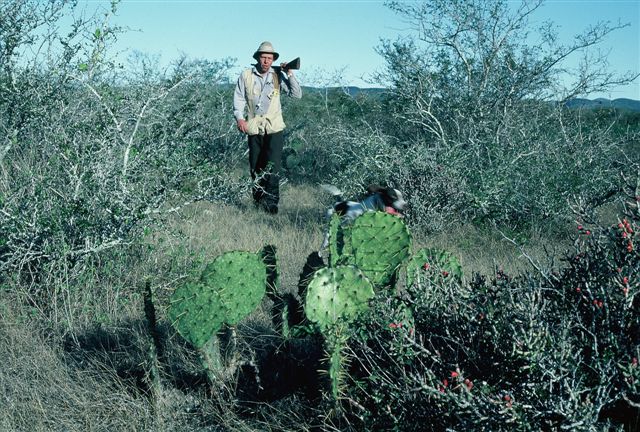
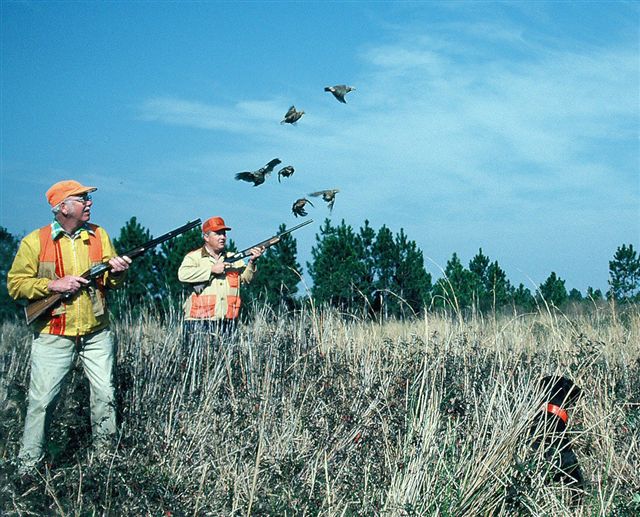
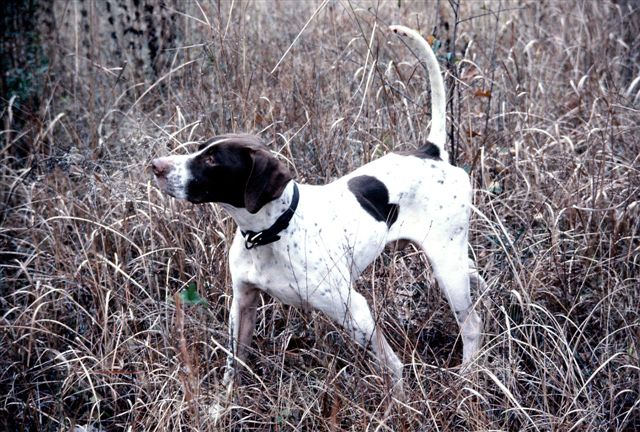
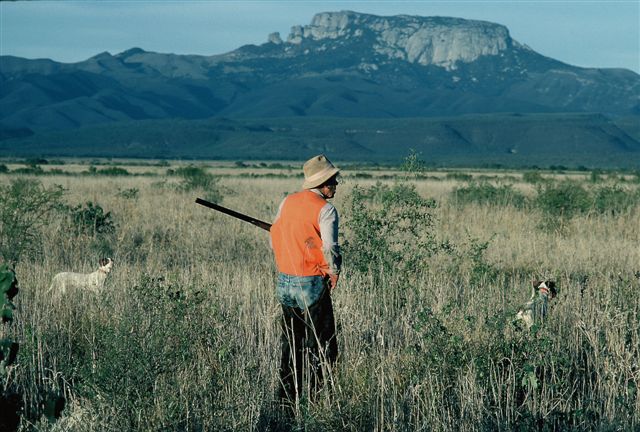
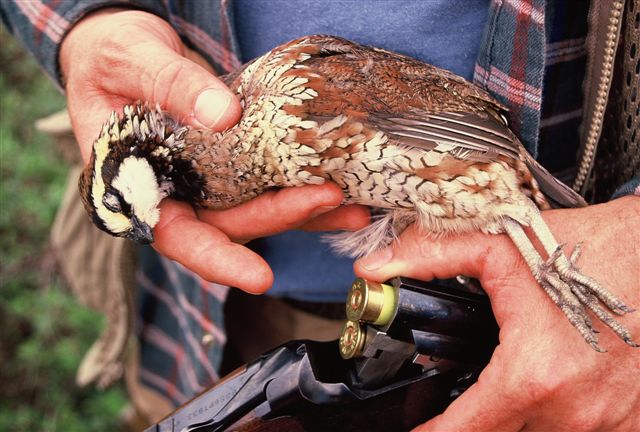
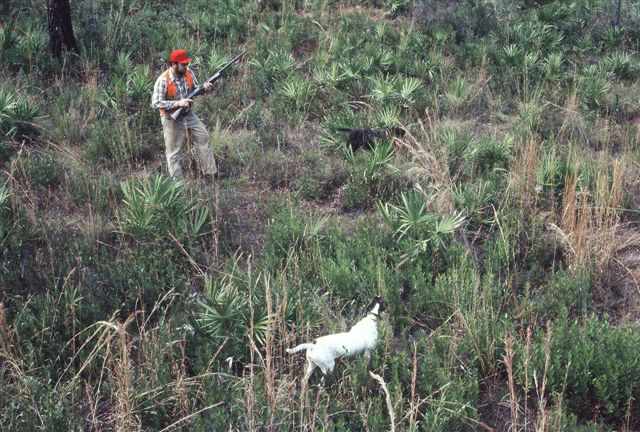
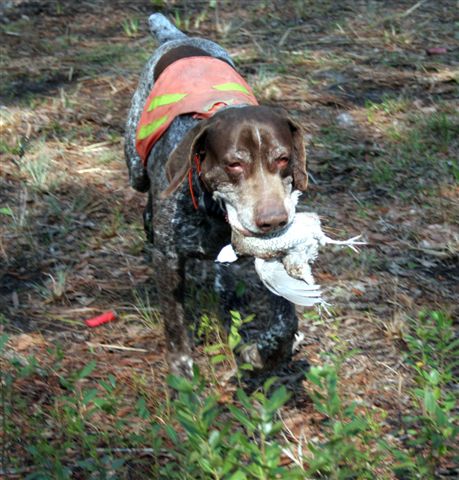
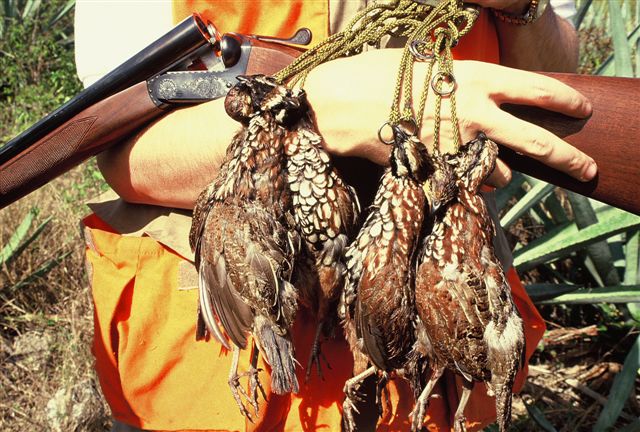
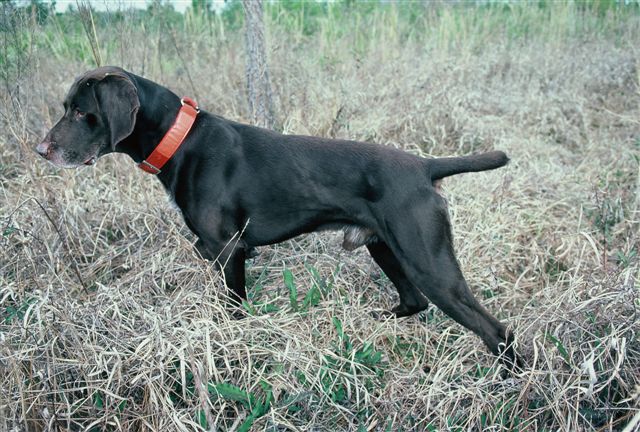
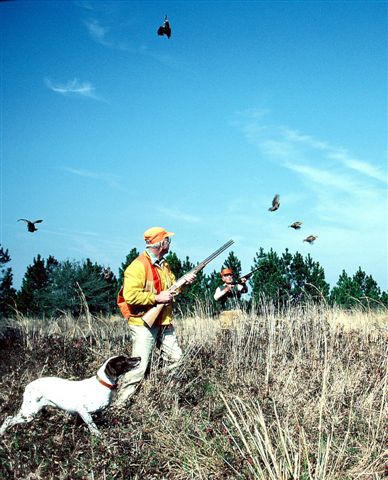
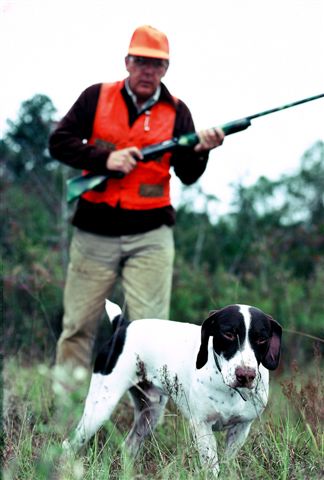
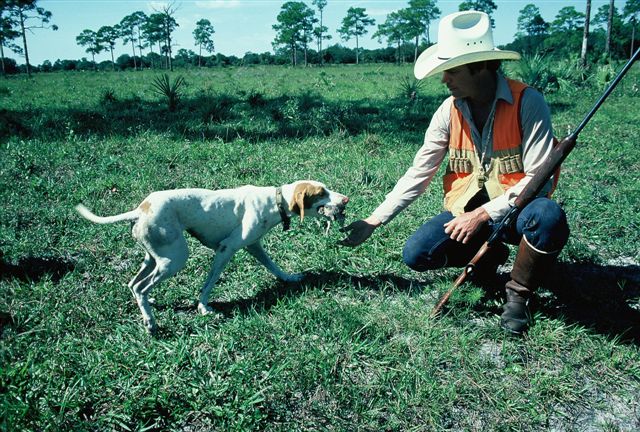
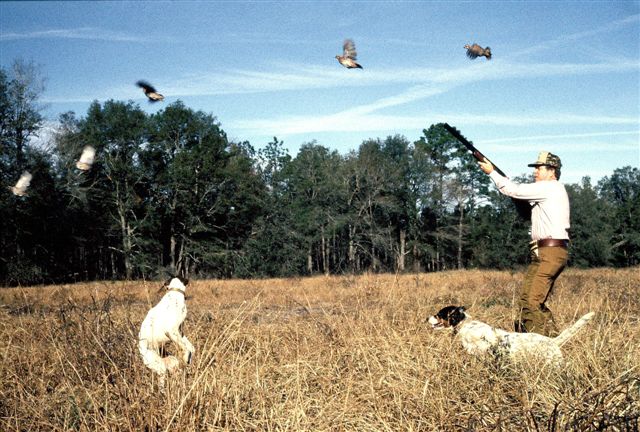
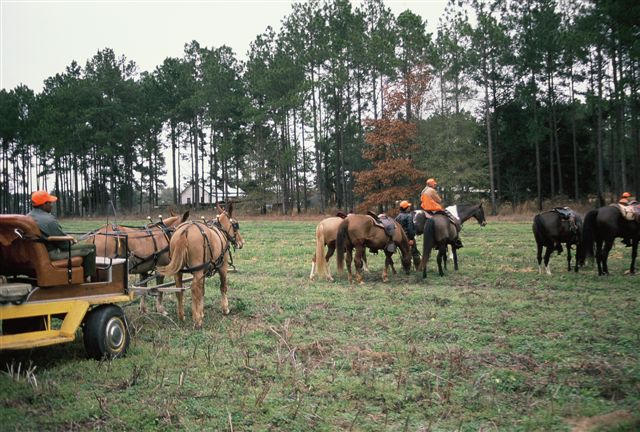
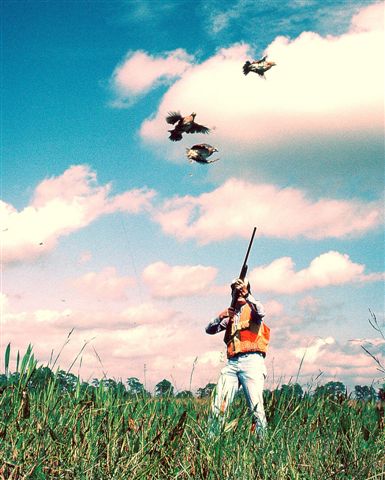
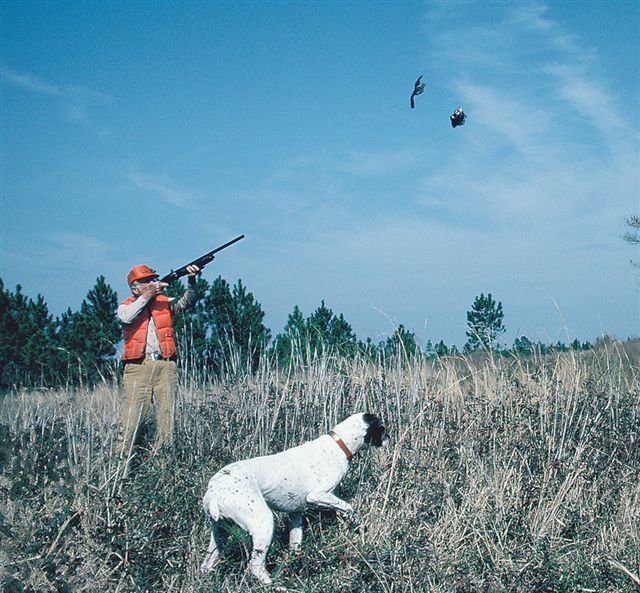
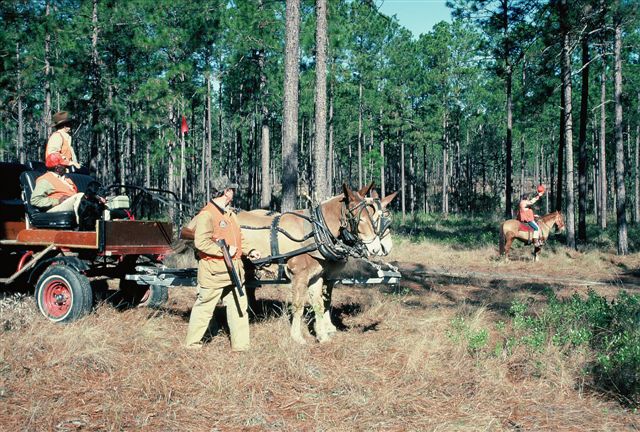
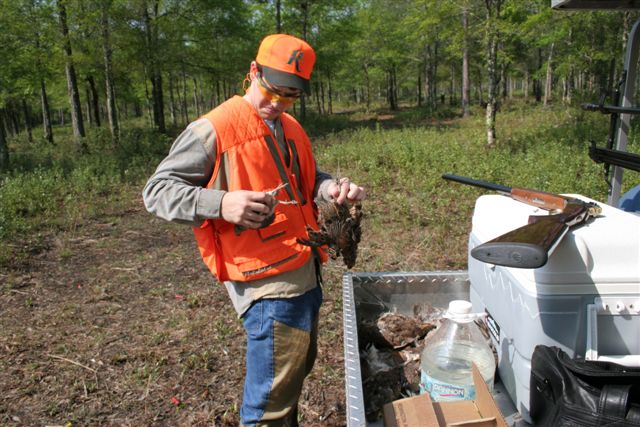
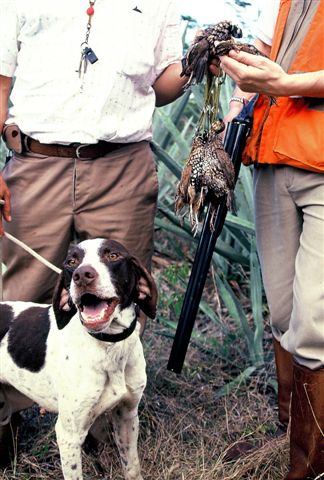
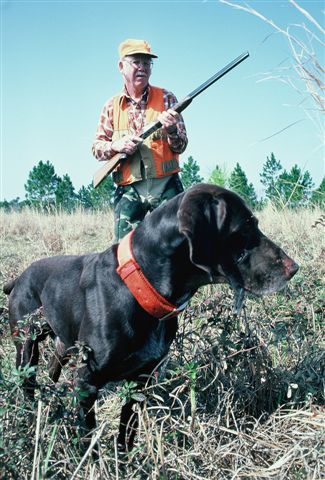
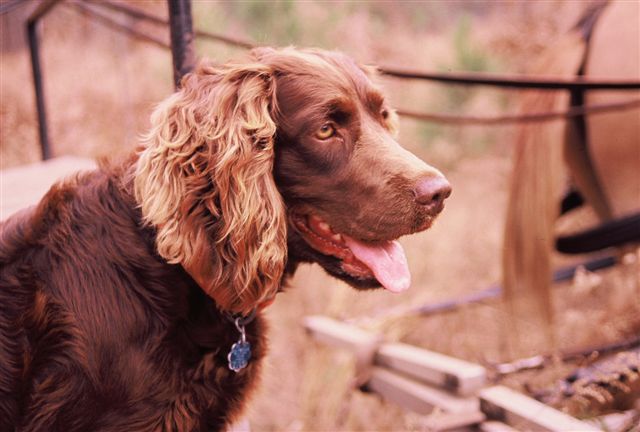
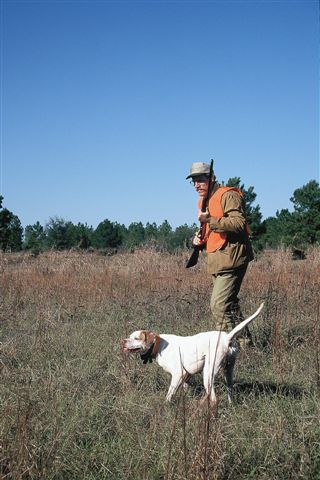
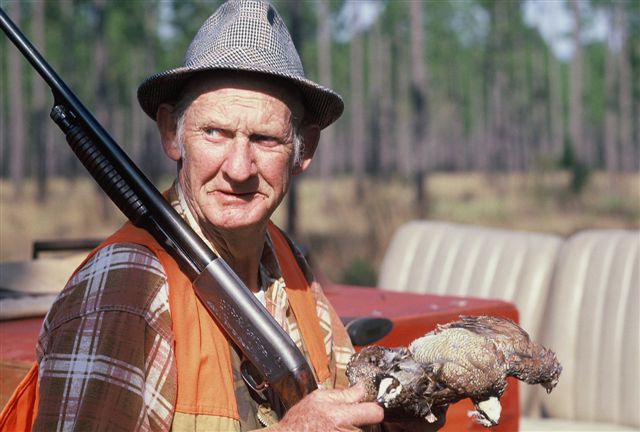
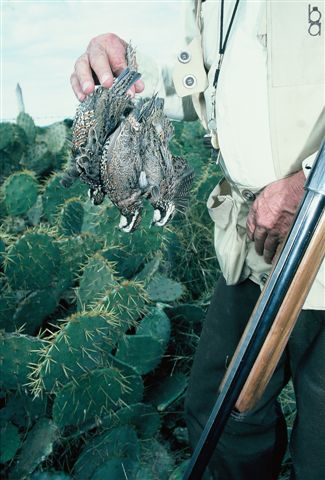
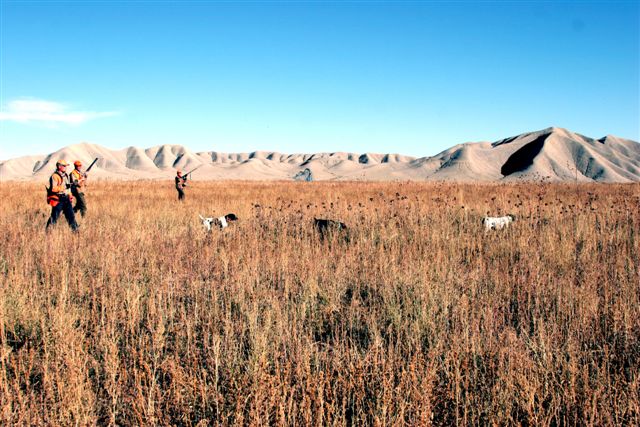
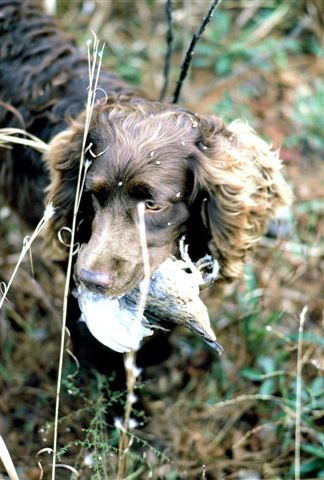
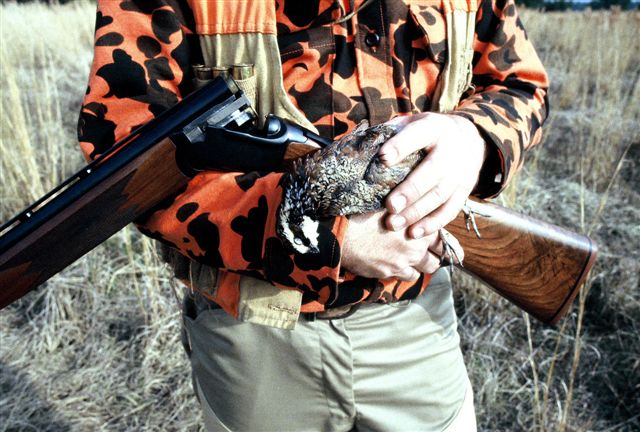
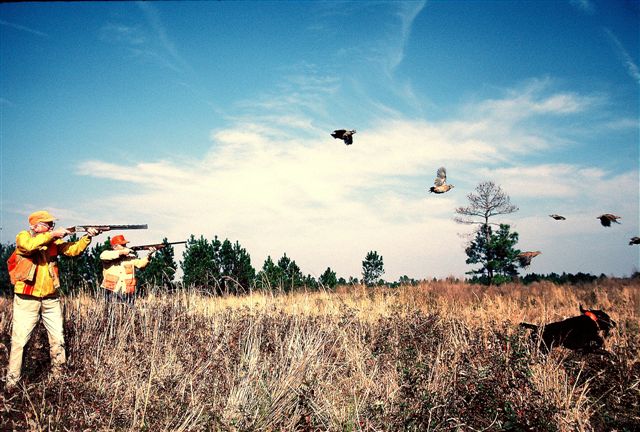
Birds are holding their own across the country, and Kansas may be the best hunting bet this year.

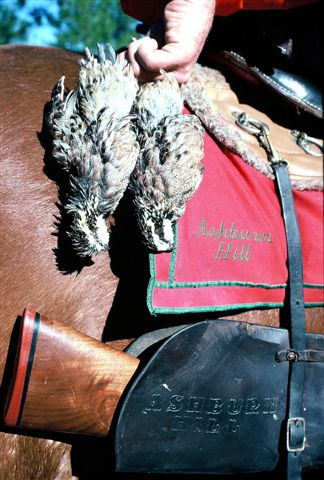
<strong>Georgia</strong> Georgia is working hard to rebuild its wild quail population, and results on managed lands are yielding some impressive results. Spring call counts on 40 CRP field buffer sites showed bobwhite occurrence to be about 33 percent above 2008, indicating a strong carry-over of birds through the winter. Similarly, preliminary results from incidental monitoring on Georgia's Bobwhite Quail Initiative (BQI) farms this summer show bobwhite occurrence to be substantially higher than last year. The BQI is focused in 15 counties to work with private landowners to integrate bobwhite management across working farm and forest lands and currently has 120 landowners enrolled in the program. BQI is funded through the sale of a specialty auto license tag. The Northern Bobwhite Conservation Initiative is being implemented statewide with high priority focus across parts or all of about 41 counties. Georgia's 22,000 quail hunters should find good opportunities on landscapes with prime habitat. For a chance at the quota hunt at the DiLane Wildlife Management Area - you must apply by Oct. 15 - see details at www.gohuntgeorgia.com. Season Dates: Nov. 14 thru Feb. 28, 2010 Daily Bag/Possession Limits: 12/NA Contact: www.georgiawildlife.dnr.state.ga.us




























Birds are holding their own across the country, and Kansas may be the best hunting bet this year.
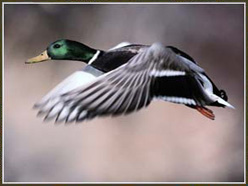
By: Alan Clemons, Bobby Cleveland, John N. Felsher, David Hart, Dan Kibler, Bob McNally and Don Zaidle.